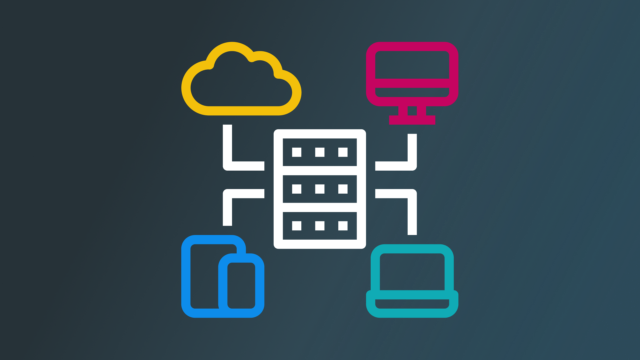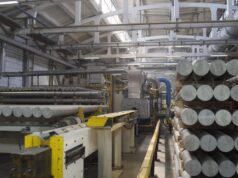Data fabric architecture is a type of data architecture that uses a single, unified platform to manage and govern all data. Data fabric architecture has many benefits, including the ability to manage data at scale, increase data security, and improve data accessibility. Keep reading to learn more about data fabric architecture and its benefits.
What Is Data Fabric Architecture?
A data fabric architecture solution is a term used to describe a system that enables organizations to manage and process data as a collective, regardless of where the data resides. Data fabric architecture distributes data across multiple servers, which makes it easier to manage and access. This type of architecture is suitable for applications that require high performance and scalability. Data fabrics can be used to improve the efficiency and performance of data-intensive applications, such as big data analytics and machine learning. They can also help organizations to comply with data privacy and security regulations, such as the General Data Protection Regulation (GDPR).
What Are Some Benefits of Data Fabric Architecture?

Traditionally, computer systems have been designed with a centralized processing model, in which all of the data and processing power are located in a single location. This design works well for systems that are relatively small and can be easily managed from a single location. However, as systems grow in size and complexity, they can become increasingly difficult to manage and operate. Data fabric architectures offer several benefits over traditional computing systems. Some of the benefits of data fabric architecture include:
- Increased agility and faster time to market. By allowing organizations to quickly access and process all types of data, regardless of location, data fabric architecture enables businesses to be more agile and respond more quickly to changes in the marketplace.
- Improved decision-making. By giving business users easy access to all types of data, including unstructured data, data fabric architecture helps improve decision-making by quickly providing analysts with the information they need for data management.
- Reduced costs. Data fabric architectures can help reduce costs by eliminating the need for multiple systems that handle different aspects of data management. In addition, some implementations of data fabrics can optimize storage utilization and performance, resulting in reduced storage costs.
How Does Information Discovery Work in a Data Fabric Architecture?

In a data fabric architecture, the system is designed to make it easy for users to find and use the data they need. The system is divided into several layers, with each layer providing a different level of abstraction. The lowest layer is the physical infrastructure, which includes all of the servers, storage devices, and networking hardware. Above that is the logical infrastructure, which includes all of the software that manages the physical infrastructure. The highest layer is the application layer, which includes all of the applications that use the data.
The key to making information discovery work in a data fabric architecture is to design the system so that it can easily identify and access all of the relevant data. This can be done by dividing the data into self-contained units called “data fabrics.” A data fabric can be any size or shape and can include any type of data, including both structured and unstructured data. To access a particular piece of data, a user simply needs to know its name or ID. The system then uses this information to locate and retrieve the relevant data fabric from wherever it is stored. Once retrieved, the fabric can be processed or accessed directly by one or more applications.
Conclusion
Overall, data fabric architecture is important because it enables businesses to manage and process data more efficiently. It also helps to improve collaboration and data sharing across the organization.







